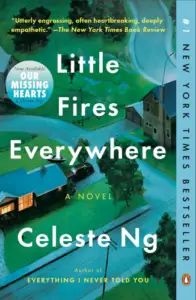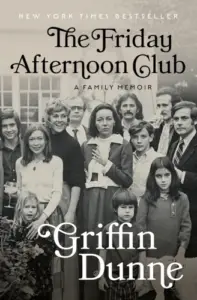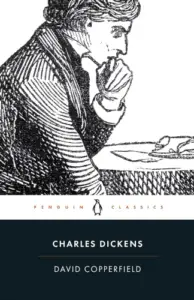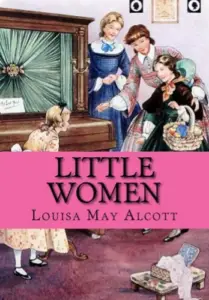Where the Wild Ladies Are
Book Author: Aoko Matsuda
Summary reviewed by:
Terrence Timmons
Terrence Timmons
Analyst
Bachelor of Arts (BA), University Of California, Santa Barbara 2019
With over 4 years of experience as an analyst. Terrence Timmons is committed to analyzing summaries without compromising on quality.
Where the Wild Ladies Are: Summary
What if the dead refused to stay silent? Where the Wild Ladies Are by Aoko Matsuda offers a bewitching exploration of contemporary Japan, where the boundaries between the living and the dead blur, and the spirits of women, both fierce and gentle, reclaim their stories. Set against the backdrop of a modern yet haunted society, the collection of interconnected short stories reimagines traditional Japanese ghost tales, infusing them with humor, feminism, and a dash of the supernatural.
Each story takes place in a world where ghosts are not feared but embraced, and where the supernatural mingles seamlessly with the ordinary. Matsuda introduces us to a cast of characters who encounter the ghosts of women who have been wronged or silenced in life. These spirits are not here for revenge; they are here to live, to work, and to support the living. In Matsuda's world, these ghosts take on roles as businesswomen, mothers, and friends, challenging the societal norms that once constrained them.
As the stories unfold, readers are drawn into a realm where the past is ever-present, where the dead teach the living how to confront their own fears and desires. The stories, though varied in tone and theme, are unified by Matsuda's sharp wit and her ability to weave the eerie with the everyday. Where the Wild Ladies Are is a celebration of resilience, transformation, and the enduring power of women's voices.
This collection stands alone, not part of a series, yet it resonates with the timelessness of the stories it reimagines. It’s a must-read for those who appreciate a blend of folklore, feminism, and the fantastical, all wrapped in the rich cultural heritage of Japan.
Spoilers (watch a short ad to reveal spoilers)
Where the Wild Ladies Are: Genres
Fiction
Literary Fiction
Magical Realism
Feminist Literature
Short Stories
Where the Wild Ladies Are: Main Characters
Katsuo: A struggling businessman who encounters the ghost of his aunt, who guides him to reconnect with his past and embrace his heritage. He values family and tradition, as shown when he follows his aunt’s advice to revive his faltering business by integrating ancestral practices.
Shigeru: A factory worker who sees the ghost of his deceased wife. He values loyalty and love, demonstrated by his continued devotion to his wife even after her death, maintaining their connection through small, tender rituals that honor her memory.
Mikako: A young woman dissatisfied with her mundane life until she meets a ghostly hairdresser who teaches her the importance of self-expression and confidence. She values independence and self-discovery, as evidenced when she cuts her hair short and starts living life on her own terms.
Sayuri: A ghost who becomes a mentor and friend to the living women she encounters. She values empowerment and solidarity among women, which she shows by helping the living women overcome societal expectations and embrace their true selves.
Where the Wild Ladies Are: Themes
Empowerment of Women: The stories emphasize the importance of women reclaiming their voices and agency in a society that often silences them. The ghostly women in the stories return to guide and support the living, encouraging them to break free from societal norms and embrace their true identities.
Interconnection of the Living and the Dead: Matsuda explores the thin veil between life and death, showing how the past continually influences the present. The dead are not merely memories; they are active participants in the lives of the living, offering wisdom, comfort, and guidance.
Cultural Heritage and Tradition: The stories delve into the significance of Japanese folklore and traditions, reimagining them in a modern context. The characters often find strength and identity by reconnecting with their cultural roots, showing the enduring relevance of these traditions.
Transformation and Self-Discovery: Many characters undergo personal transformations, often spurred by their encounters with the supernatural. These changes reflect their journey toward self-discovery and personal growth, highlighting the power of embracing change and confronting one’s fears.
Solidarity Among Women: The stories highlight the bonds between women, both living and dead, as they support each other in navigating the challenges of life. This theme underscores the importance of community and collective strength in overcoming adversity.
Where the Wild Ladies Are: What You Need to Know
(Contains Spoilers: Perfect for readers seeking a quick review.)
Where the Wild Ladies Are is a collection of interconnected short stories, each reimagining traditional Japanese ghost tales with a modern feminist twist. The narrative weaves through various characters' lives, where the supernatural intersects with the mundane, and the dead play a vital role in the lives of the living.
The collection opens with Katsuo, a struggling businessman who encounters the ghost of his aunt. She urges him to embrace his heritage, leading him to incorporate ancestral practices into his faltering business, which eventually begins to thrive. This encounter sets the tone for the collection, where the past and the present are in constant dialogue.
Another significant story follows Shigeru, a factory worker who continues to honor his deceased wife through small rituals. When her ghost appears, they share tender moments that reaffirm his enduring love and loyalty. Shigeru’s story emphasizes the importance of maintaining connections with loved ones, even after death, and the comfort such connections can bring.
Mikako’s tale is one of self-discovery, sparked by a ghostly encounter with a hairdresser who encourages her to express herself freely. This story reflects the theme of transformation, as Mikako cuts her hair and starts to live life on her own terms, shedding societal expectations.
Sayuri, a central figure in the collection, is a ghost who aids several living women in their struggles. Her interactions with them underscore the themes of empowerment and solidarity, as she helps them challenge societal norms and embrace their true selves.
The collection culminates in stories where the living characters fully integrate the lessons learned from the ghosts. The spirits are revealed to be not just lingering echoes of the past but active agents of change, inspiring the living to break free from tradition and forge new paths. The final story centers on a young woman who, after struggling with societal expectations, finds strength in her connection with the spirits. With their guidance, she challenges the norms that have constrained her and begins to pursue her true desires.
Throughout the collection, Matsuda seamlessly blends humor, horror, and hope, creating a rich narrative that resonates with the themes of transformation, cultural heritage, and the enduring power of women’s voices. The stories, while distinct, are unified by their exploration of how the past influences the present and how the living can find strength and inspiration in the voices of the dead.
Where the Wild Ladies Are: Methodology
We begin by focusing on the themes that resonate with you, ensuring our summaries capture the heart of each story. By delving into key themes like the empowerment of women and the interconnection between the living and the dead, we aim to provide not just information but insights that inspire. Our expert team distills these themes into concise narratives, reflecting the original work’s essence without losing its depth. Every summary is rigorously reviewed to maintain accuracy and clarity, guaranteeing that our content is a valuable and trustworthy resource for our readers.
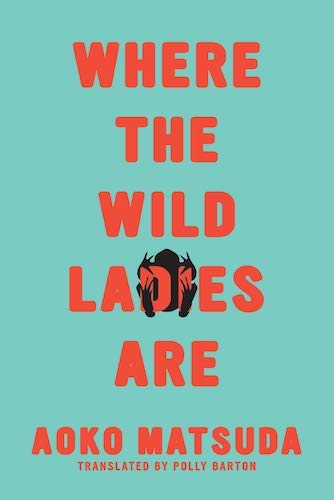

Where the Wild Ladies Are
Date Published: December 10, 2016
Disclaimer: As an Amazon Associate I earn from qualifying purchases.

